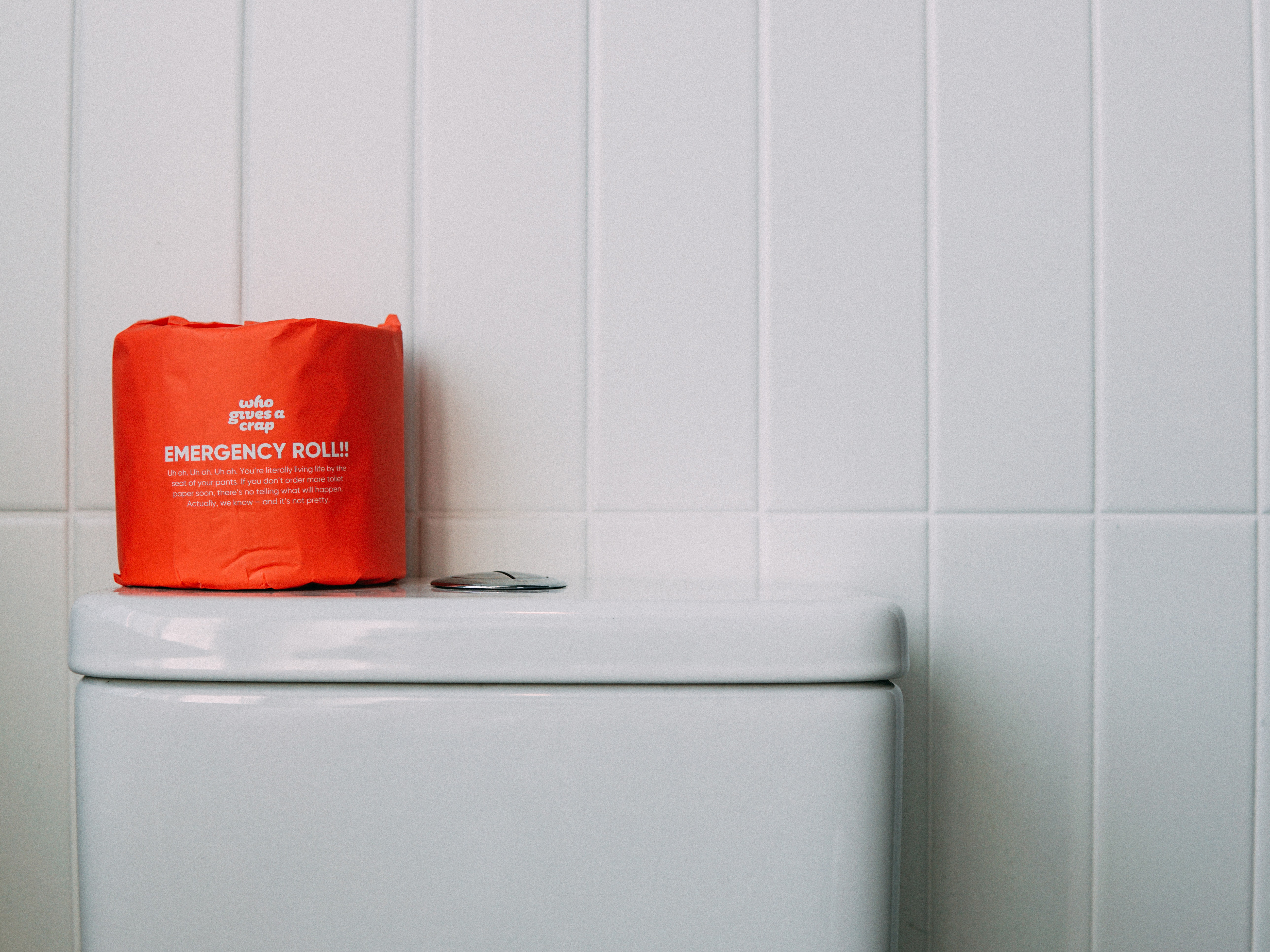
Visit Our Sponsors |
|
|
|
|
|
|
|
|
|
|
|
|
|
|
|
|
|
|
|
|
|
|
|
|
|
|
|
|
|
|
|
|
|
|
|
|
|
|
|
|
|
|
|
|
|
|
|
|
|
|
|
|
|
|
|
|
|
|
|

The shelves at the local grocery stores may be empty, but U.S. toilet paper manufacturers are adamant: We’ve got this.
Having seen toilet paper panic buying in Asia as the virus began spreading outside of China, U.S. manufacturers said they ramped up production to avoid being caught flat-footed.
Georgia-Pacific has increased shipments of its tissue products by about 120% above its normal capacity, according to company spokesman Eric Abercrombie. He declined to give specifics on supplies, but said inventories remain healthy.
Procter & Gamble Co. will make as much Charmin as Americans think they’ll need, said Rick McLeod, vice president of product supply for the company’s family care unit. He would not provide more production details but did say P&G has been in the midst of a months-long effort to increase supplies on hand.
Kimberly-Clark Inc. said its Scott brand will remain plentiful and that the company is both accelerating production and reallocating inventory to meet demand.
Surging demand for toilet paper — Nielsen data shows sales rose 60% in the week ending March 7 — has led to higher retail prices. At drugstores and major retailers, toilet paper prices jumped 8.6% in the week ended March 8, market data from IRI shows. Compared to the same week last year, the cost to consumers increased nearly 18%.
Paper Pulp
But prices for the raw materials used to make toilet paper have remained subdued despite the surge in demand. At the end of February, prices for pulp and paperboard producers fell to the lowest point in nearly three years, U.S. Bureau of Labor Statistics data shows.
This is partly because a stalled global economy has dragged down demand for consumer and industrial packaging — two segments that account for more than 50% of end products using northern bleached and eucalyptus pulp varieties, said Bloomberg Intelligence analyst Maxime Boucher.
“Current inventory levels at makers are likely enough to supply increased demand for a few weeks without increasing their inbound supply of pulp,” Boucher said.
That buffer from elevated stocks of raw material is limited to toilet paper, though. Domtar Corp., based in Fort Mill, South Carolina, is seeing increased demand for its fluff pulp, used to make everything from wipes and diapers to feminine hygiene and adult incontinence products, spokeswoman Jan Martin said in an email.
Ending Panics
Stores have started to shorten their hours so workers can restock shelves. This could help end panic buying. When the shelves are bare, “the message gets out that they’re running out,” said David Closs, chairman emeritus of the supply chain management department at the Broad College of Business at Michigan State University.
Eventually customers will find that their closets are full even as they’re using the same amount. “It’s going to reach a point where people realize they don’t need any more,” Closs said.
RELATED CONTENT
RELATED VIDEOS
Timely, incisive articles delivered directly to your inbox.


